Recommended by the Michelin Green Guide: The Most Popular Sightseeing Spots in Tohoku!
The "Michelin Green Guide Japan" is a popular guidebook for international travelers to Japan. The guidebook features a selection of the rich natural beauty and diverse cultural heritage of Japan based on the guide's criteria. Similar to its culinary cousin, it recommends tourist spots for travelers, with three stars for places judged to be worth visiting.
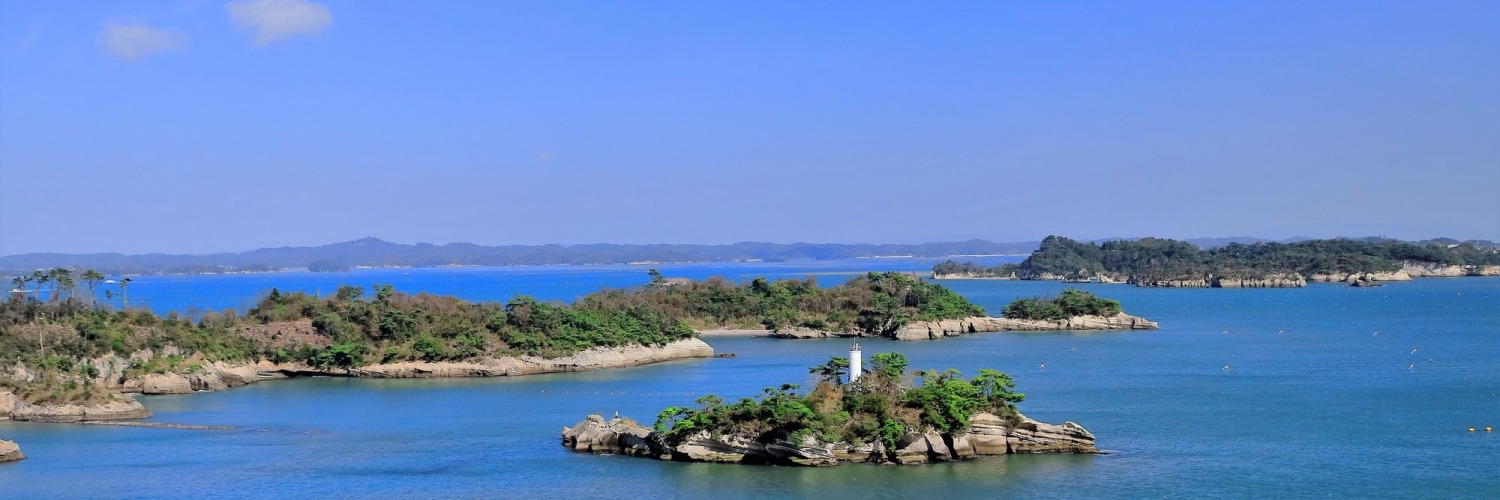
[Iwate Prefecture] Chūson-ji Temple Konjikidō: 3 Stars (★★★)
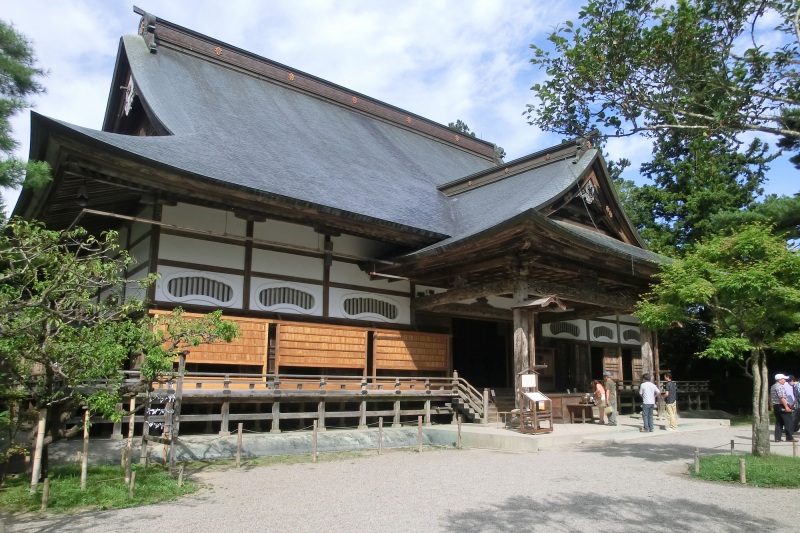
Chūson-ji and other temples, gardens and archaeological sites in Hiraizumi were inscribed on UNESCO's World Cultural Heritage list in 2011.
The cultural heritage of Hiraizumi is comprised of Chūson-ji Temple, Mōtsū-ji Temple, the Ruins of Kanjizaiōin, the Muryōkōin Ruins, and Mount Kinkei. The diverse and particularly well-preserved temples and gardens based on Pure Land Buddhism led to its listing as a World Heritage Site.
Chūson-ji Temple Konjikidō was constructed in 1124 by Kiyohira, the founder of the Ōshū Fujiwara clan that ruled over the Tohoku region during the Heian period.
Column

Rent a Bike and Visit the World Heritage Sites of Hiraizumi
The five sites that make up the Cultural Heritage Sites of Hiraizumi are all very near, so it is possible to visit all of them in a single day.
There are several places around JR Hiraizumi Station to rent bicycles. Rent a bicylce and enjoy these World Heritage sites at your own pace.
Kiyohira's Thoughts on the Construction of Chūson-ji Temple
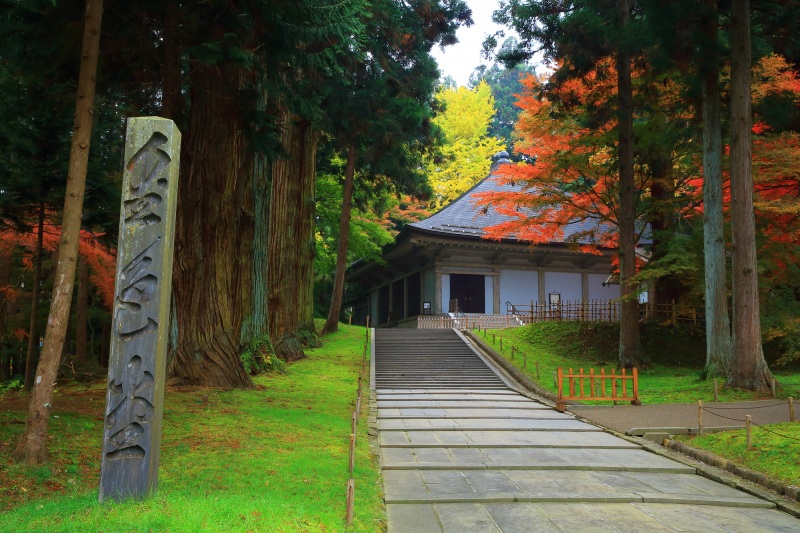
During the Heian period (794-1185), this area was so proud of the amount of gold it produced that it was said that “flowers of gold bloom on Mt. Mutsuyama”. With the great wealth amassed through the trade of this gold, the Ōshū Fujiwara clan built many temples and a “culture of gold” in the land of Hiraizumi.
Chūson-ji Temple was built in 1105 by Kiyohira, the founder of the Ōshū Fujiwara clan. Behind the construction of this temple was Kiyohira’s deep compassion for the many victims of wars that raged in the Tohoku region and his own determination not to fight in those wars, to which he lost his father and son. Chūson-ji Temple is said to reflect Kiyohira's yearning to create an ideal society without war.
The Golden Temple: Symbolizing the Prosperity of the Ōshū Fujiwara Clan
Entering the Konjikidō, one can see the “culture of gold” symbolizing the prosperity of the Ōshū Fujiwara clan in various ways.
The Amida Hall is truly gorgeous, with gold leaf stamped on the inside and outside. Ivory and jewels are used for decoration, and mother-of-pearl inlay made of luminescent shells brought across the Silk Road represent the essence of the craft techniques of the time.
In the Konjikidō, the remains of its founder, Kiyohira, as well as those of Motohira (founder of the Mōtsū-ji Temple and second head of the Fujiwara clan), Hidehira (third leader of the Fujiwara clan), and Yasuhira (fourth leader of the Fujiwara clan) are enshrined in the Shumidan, the temple's primary alter.
Column
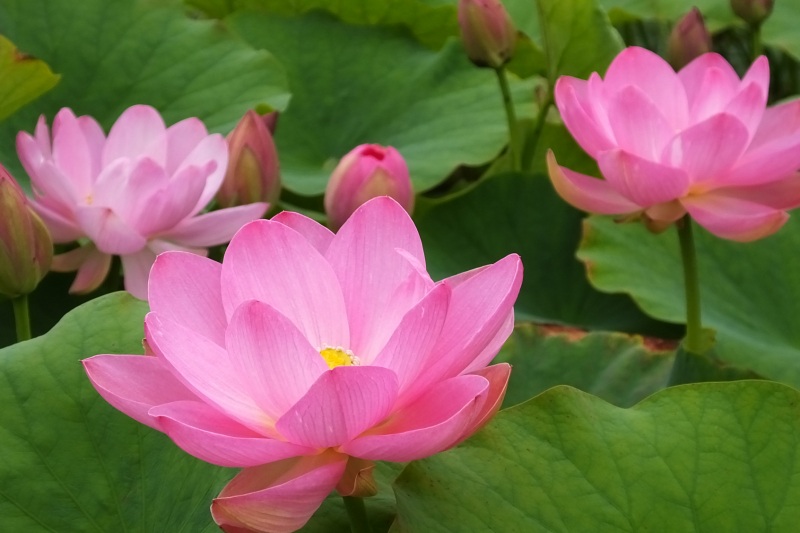
The Pink Miracle Flowers of Chūson-ji Temple's Pond
The pond behind Konjikidō is filled with large, bright pink lotus flowers from mid-July to mid-August each year.
Some seeds of this lotus were discovered in 1950 in the remains of the fourth leader of the Fujiwara clan, Yasuhira, and successfully recultivated in 1998. Revived after more than 800 years, this miraculous lotus flower has been named the “Chūson-ji Lotus”.
Since the flowers bloom only in the morning, we recommend viewing them as early as possible.
[Miyagi Prefecture] Zuigan-ji Temple / Four Great Views of Matsushima: 3 Stars (★★★)
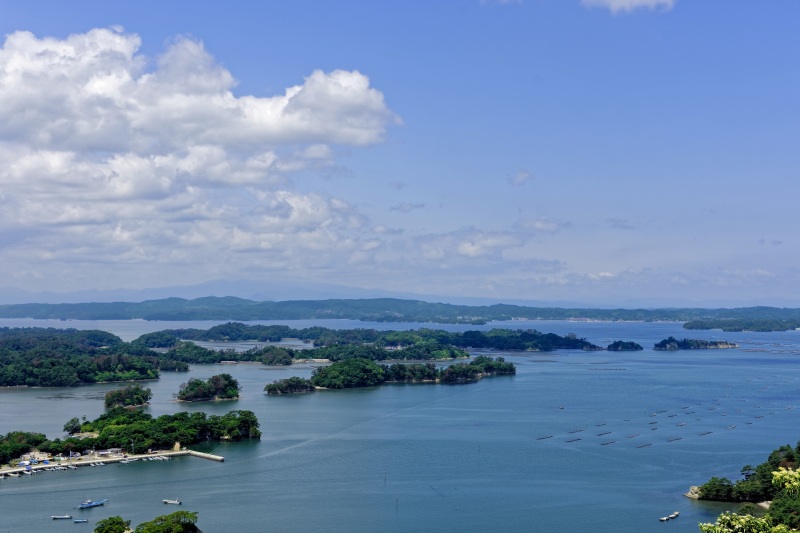
Along with Amanohashidate in Kyoto Prefecture and Miyajima in Hiroshima Prefecture, Matsushima is one of Japan’s most scenic places, and is known as one of the “Three Great Views of Japan”. In addition to its splendid scenery, Matsushima is also steeped in history as a place associated with the Date clan, one of the Tohoku region’s leading samurai families during the Warring States period (1467-1615).
Zuigan-ji Temple is located about a 10-minute walk from JR Matsushima Kaigan Station, the nearest station to Matsushima sightseeing locations. Zuigan-ji Temple is a national treasure with a history of over 1,000 years and is the clan temple of the famous Warring States feudal lord Date Masamune.
Date Masamune's Four-Year Rebuilding Labor of Love
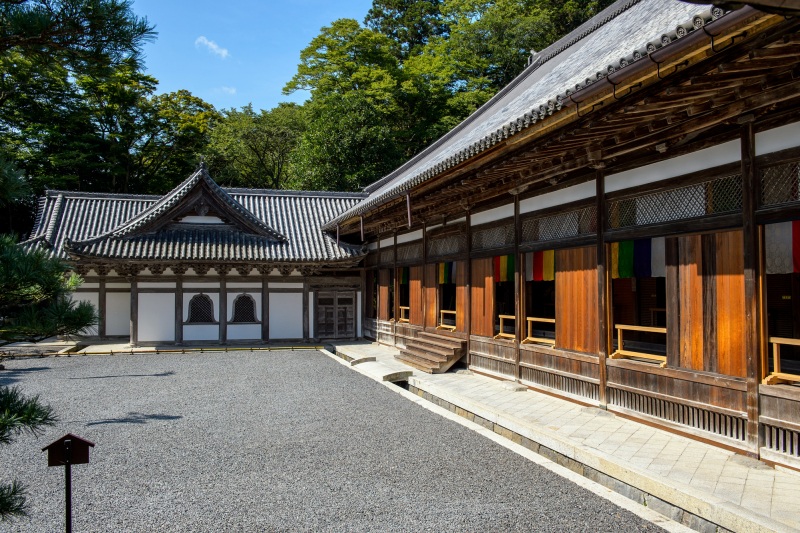
Zuigan-ji Temple was founded in 828 by Jikaku Daishi Ennin, a high priest of Enryakuji Temple on Mount Hiei near Kyoto. Ennin reportedly built the temple with as many as 3,000 students and temple attendants, cultivated it to be just as prominent as Enryakuji Temple, and is widely believed to have received protective sponsorship from the Hiraizumi and Fujiwara clans.
After the fall of the Fujiwara clan, it took four whole years for Date Masamune to rebuild the temple, completing it in 1609. It looks simple on the outside, but once inside, you will be surprised by the building’s grandeur.
Essential Buddhist architecture.
Expressing Date's splendid culture in modern times.
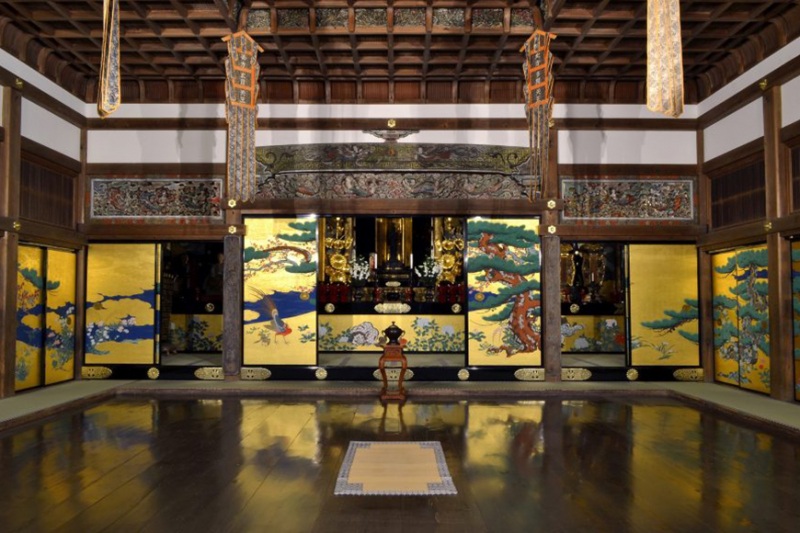
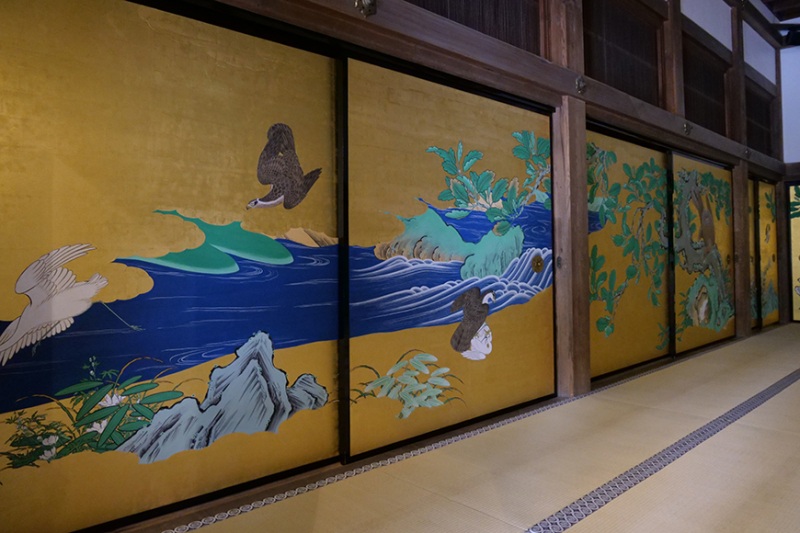
Masamune poured his heart and soul into Zuigan-ji Temple. He even laid out the ropes himself to mark the beginning of construction.
The temple was built by inviting carpenters from as far away as Kyoto and transporting lumber from the middle of the Kumano Mountains in Kii domain (present-day Wakayama), all of which demonstrates Masamune's enthusiasm. Within the temple’s precincts are many buildings showcasing the essence of Momoyama culture, including the main hall, which is a national treasure, and the “kuri”, which is a kitchen. The unparalleled refinement of the decorations is evident.
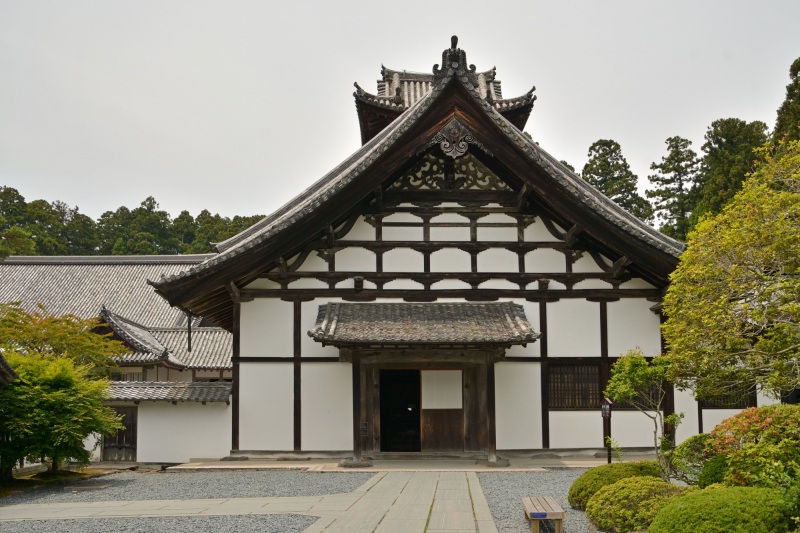
Although kitchens are not usually decorated, the Zuigan-ji “kuri” is a different story.
While kitchens are essentially utilitarian in nature, the front view of the roof is designed with a triangular shape and beautiful carved arabesques underneath. Masamune's strong commitment to beauty resulted in this gorgeous inner sanctuary that is an absolute must-see.
The Four Great Views of Matsushima: 3 Stars (★ ★ ★)
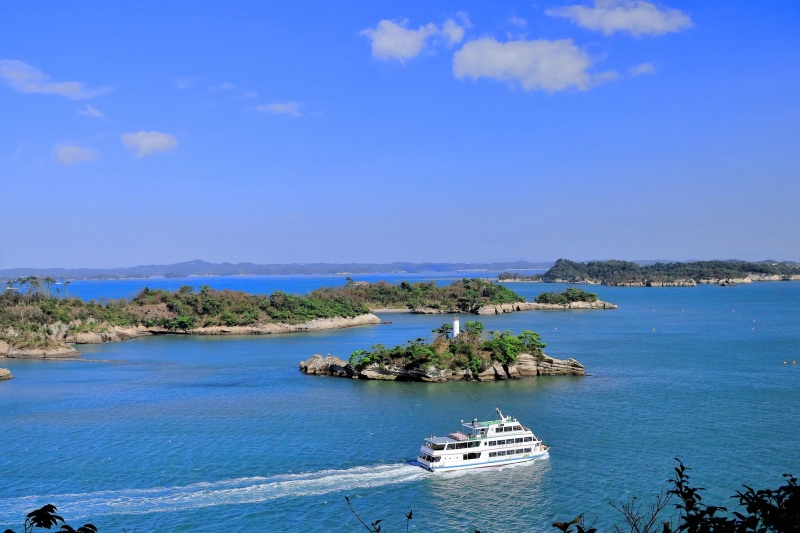
The “Four Great Views of Matsushima” is a collective term for four scenic spots that offer a panoramic view of the 260 or so islands in Matsushima Bay. They are called Sōkan, Reikan, Eikan, and Yūkan, each named based on the unique nature of the view of Matsushima Bay they provide.
The “Four Great Views” are located far from the center of Matsushima, requiring about 10 minutes by car or 45 on foot from the nearest station, but the spectacular panorama of Matsushima Bay can only be seen after traveling such a distance. At dusk, Matsushima Bay glows golden, creating a fantastic scene.
Board the island tour boat and enjoy the spectacular view of Matsushima that Masamune loved so dearly
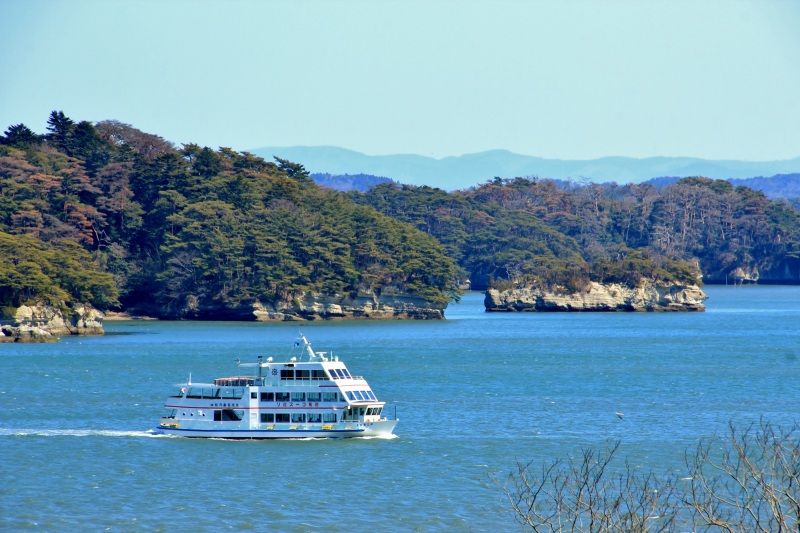
Only an 8-minute walk from Zuigan-ji Temple, the most popular sightseeing spot in Matsushima is the island-hopping boat, which tours the islands in Matsushima Bay. You will get a spectacular view of more than 260 islands of various sizes from the boat. Starting with Senganjima, said to be one of Date Masamune’s favorites, you can enjoy listening to the anecdotes and the origin of the names of these unique islands up close and personal through the ship's onboard broadcast. Standing outside to watch the show while feeling the sea breeze with all five senses is a thrilling experience.
Column
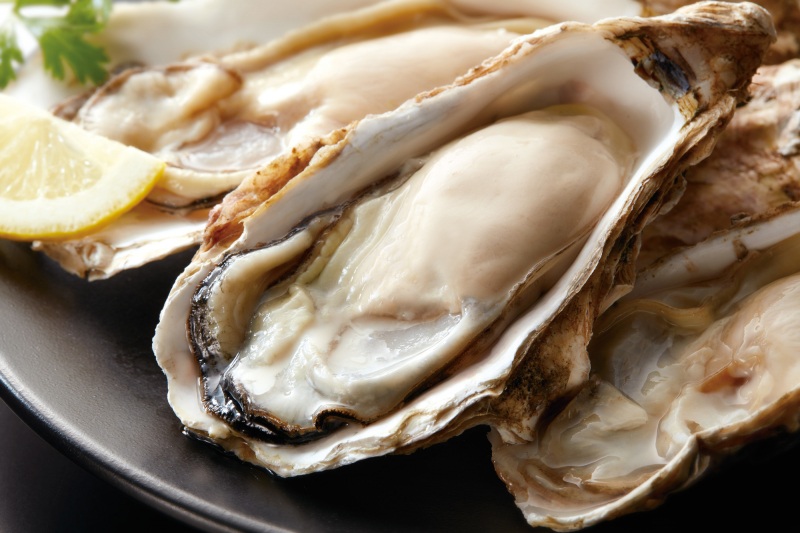
Enjoy oysters, conger eels, Sendai's specialties...all manner of cuisine!
Matsushima's oysters, which are famous throughout Japan, are characterized by their firmness, largeness, plumpness, and rich sweetness. You can eat fresh and delicious oysters all year round.
In addition, Matsushima is suitable for farming eel with many restaurants serving "conger eel tempura rice bowls" and "conger eel rice bowls".
There are also many restaurants where you can eat Sendai's specialties, such as sasa-kamaboko (a type of fish cake) and beef tongue.
[Yamagata Prefecture] Mt. Haguro: 2 Stars (★ ★)
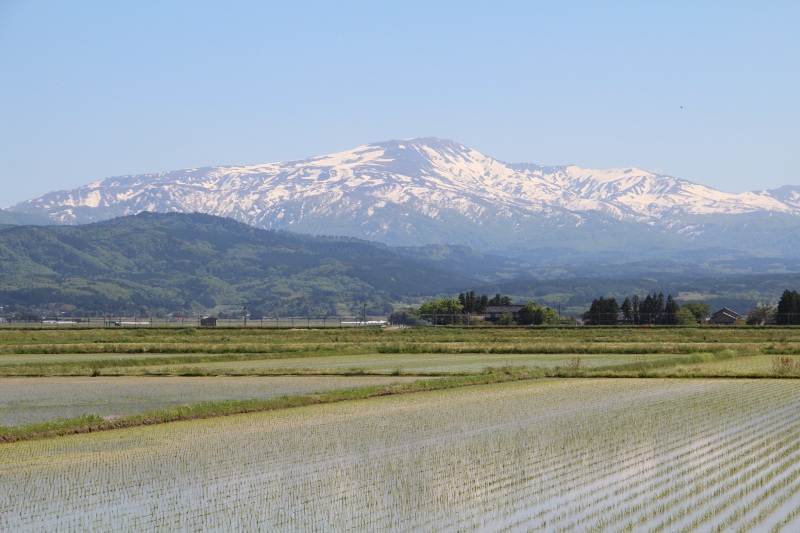
Mt. Haguro, Mt. Gassan, and Mt. Yudono, the mountains that make up the "Dewa Sanzan" (“Three Mountains of Dewa”), have a history of more than 1,400 years since they were opened to the public, and are believed to be sacred places for shugendo (a blend of ascetic Buddhist, Shinto, and mountain worship practices).
Since ancient times, Dewa Sanzan has been considered a sacred place where the spirit of the divine dwells and new life is nurtured.
With Mt. Haguro considered representative as the “present”, Mt. Gassan as the “past”, and Mt. Yudono as the “future”, touring these three mountains is called the “journey of reincarnation” and is a practice that spread among common people since the Edo period (1603-1868) and continues to this day.
Column
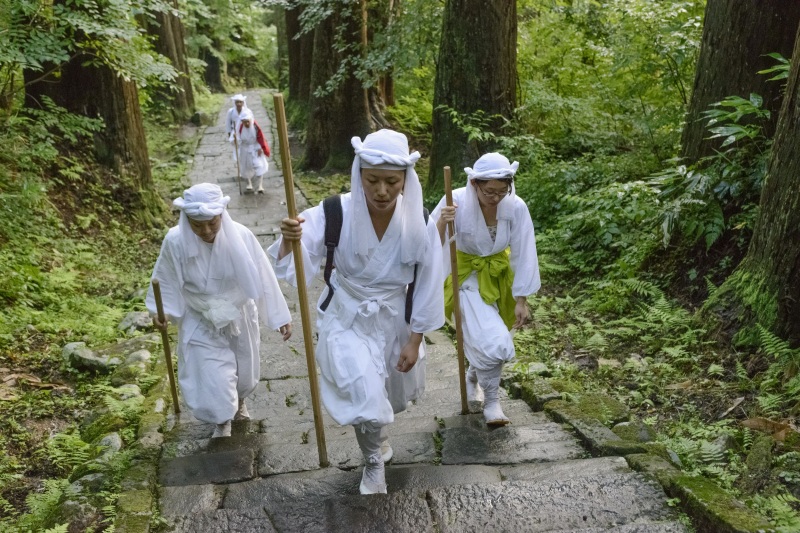
Walking in White: The Journey of Reincarnation
On the Three Sacred Mountains of Dewa, the holiest place in the Tohoku region, practitioners dress in white and travel around the mountains as dead people. You can dress up and visit the temple in white, just like the ascetics! On Mt. Haguro, you will be able to sharpen your mind and absorb the power of the mountain.
■Rental Locations: any shukubo (pilgrim’s lodge) and ryokan (inn) on Mt. Haguro
■Lending hours: 8:30 - 16:30
*Reservation in advance is required.
*For more information on how to make reservations, please refer to the website.
Mt. Haguro Cedar Trees: 3 Stars (★★★)
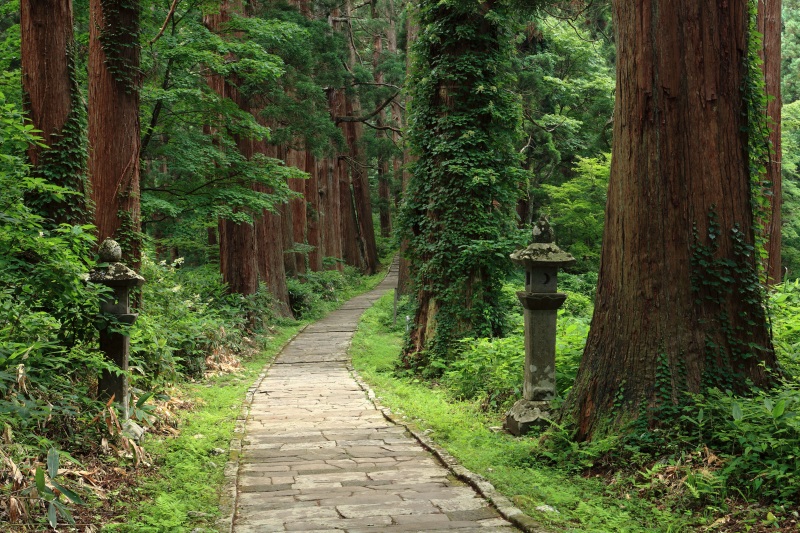
On Mt. Haguro, a sacred place for mountain asceticism, the 1.7km-long sacred approach reveals itself once you pass through the main entrance. Both sides of the approach are lined with more than 500 cedar trees all of which are more than 350 years old, creating a sacred atmosphere.
The rows of cedars are designated as a national natural monument and have been awarded the three-star ranking by Michelin.
A Giant 1,000-year-old Tree and Five-Story Pagoda: 2 Stars (★ ★)
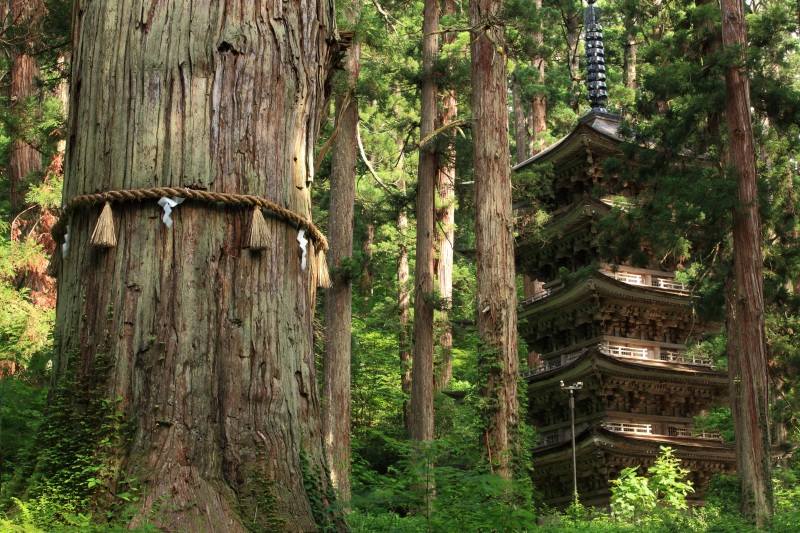
Climbing up the stone steps between old cedar trees near the five-story pagoda leads to an impressive 1,000-year-old natural monument called Jijisugi (Grandfather Cedar). As the largest and oldest tree on Mt. Haguro, it boasts a girth of over 10 meters and an imposing appearance as it towers over everything around it.
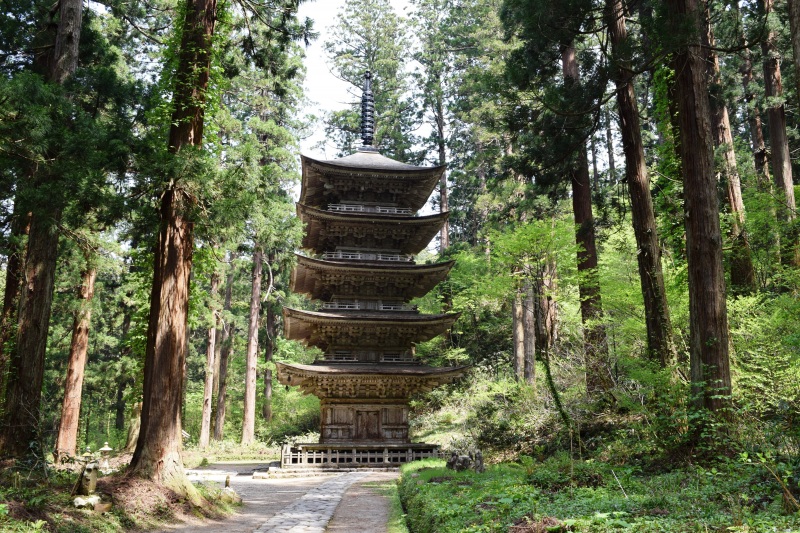
Not far from the Jijisugi cedar standing quietly in a row of cedar trees is the five-story pagoda, which is also a national treasure. It is the oldest five-story pagoda in the Tohoku region and was awarded two stars by Michelin. It is said to have been built by Taira Shōmon in the mid-Heian period (794-1185).
The pagoda, made of unglazed timber, is devoid of pomp and circumstance as well as any unnecessary ornamentation or color. The long eaves are as beautiful as the wings of a swan in flight, the dignified strength of the pagoda is beautiful to behold.
“Sanjingō-Saiden”: Located Atop 2,446 Stone Steps
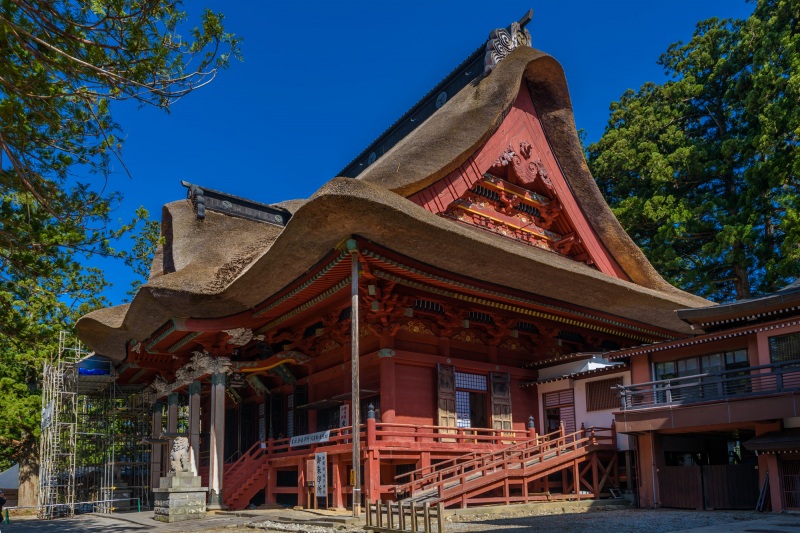
Mt. Haguro, Mt. Gassan, and Mt. Yudono are home to three deities enshrined on the top of each of them after climbing 2,446 stone steps. The shrine that houses them is called the Sanjingō-Saiden.
It is said that if you visit this shrine, you will receive the same benefits as visiting all three sacred mountains at once.
Since Mt. Gassan and Mt. Yudono become inaccessible during the winter months due to snowfall, the shrine was built on Mt. Haguro so that the festival of the three mountains can still be conducted.
The interior is magnificent and features a 2.1-meter-thick thatched roof in full red lacquer.
Column
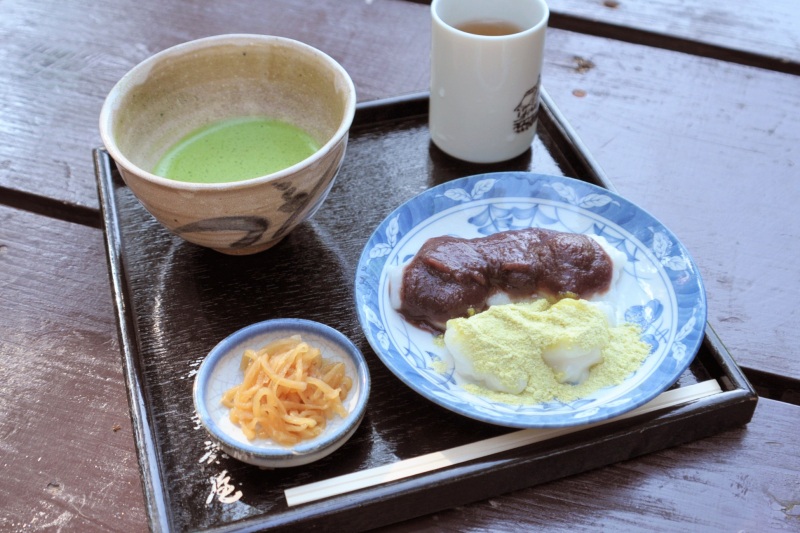
Pestle-powdered Rice (Mochi) Cakes
Toward the top of Ninosaka, one of the steepest slopes along the approach to Mt. Haguro, is Ninosaka Chaya (teahouse). Located at the middle of the 2,446 steps to the top of the mountain, Ninosaka Chaya serves soba noodles and homemade tokoroten, as well as specialty “riki-mochi”, which includes three kinds of mochi made with traditional pestle pounding: anko-mochi, kinako-mochi, and natto-mochi.
On a clear day, you can see the Sea of Japan along with the Shōnai Plain.
You can also get a certificate for climbing the 2,446 stone steps, which is a nice reward and proof of your accomplishment. Don't forget to get yours before heading back!